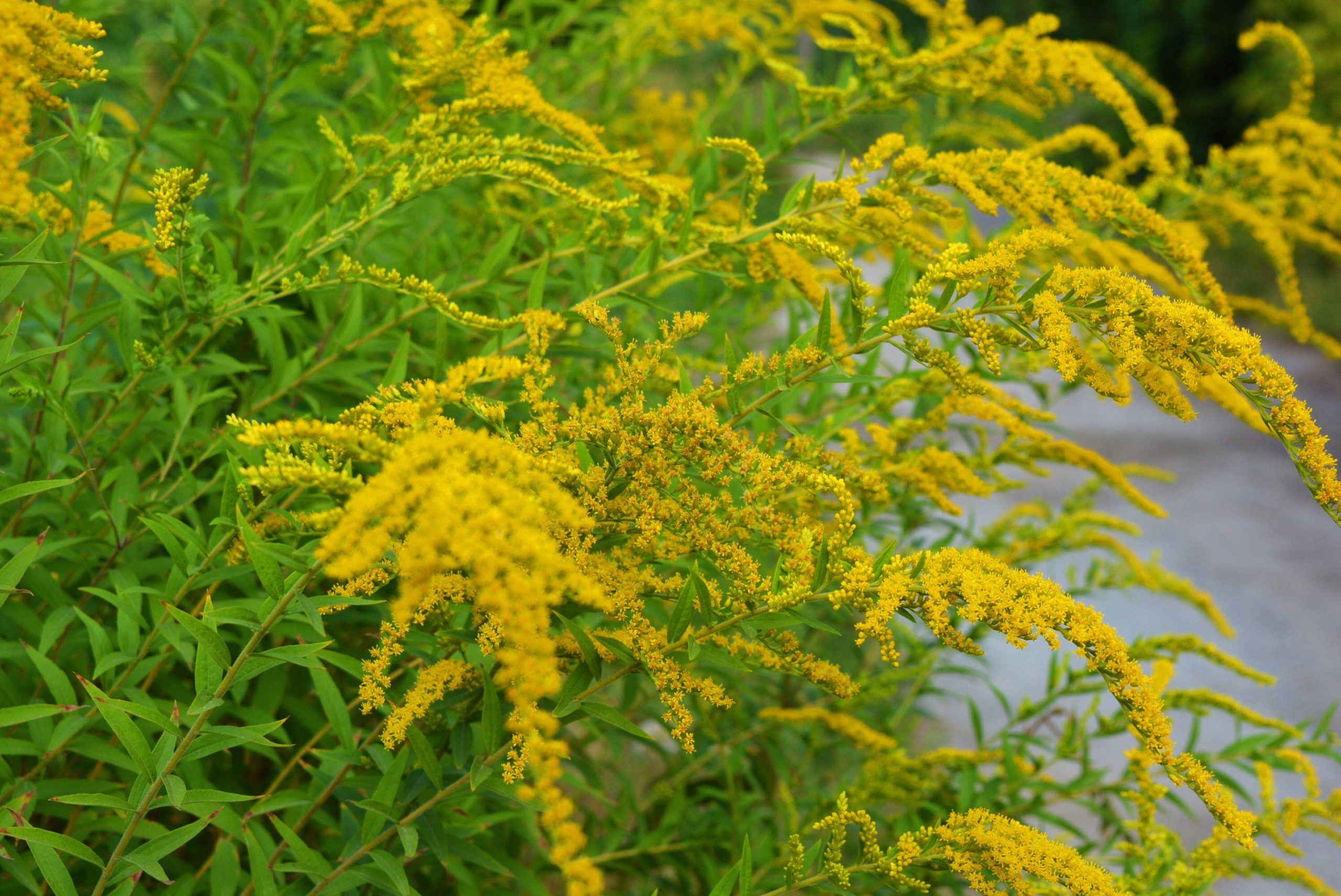Scientists have concluded that the behavior of some plants may fit the definition of intelligence. Cornell environmental chemist Andre Kessler and graduate student Michael Mueller conducted a study that fundamentally changed the way we think about plants.

The study, which caused controversy in the scientific community, was published by the journal Plant Signaling and Behavior. Scientists say some plants may respond to problems using something similar to memory and decision-making. Thus, tall goldenrod can “hear the screams” of neighboring plants when they are attacked by herbivores. When goldenrod is threatened, it releases volatile organic compounds (VOCs) and alters the reflection of red light from its leaves.
Scientists have suggested that the light and connections warn relatives of impending trouble. Moreover, only the plant’s neighboring relatives who “know how” to “break the code” embedded in the VOC are able to decipher the signal. In response to these signals, goldenrod strengthens its defenses against predators, grows faster, and produces defensive compounds to fight off insects.
The same behavior is typical for the tobacco plant. Researchers believe this is similar to the immune response in animals. Because plants not only receive information from the environment but also predict future conditions, Kessler and Muller concluded that this falls within the “concept of intelligence,” which in this case means survival under a variety of conditions.
Goldenrod cells connect to systems that work through chemical signaling, allowing the plant to respond as a unit even without a central nervous system. Another plant that can communicate with relatives is Tal’s rhizome.
Source: People Talk
Mary Crossley is an author at “The Fashion Vibes”. She is a seasoned journalist who is dedicated to delivering the latest news to her readers. With a keen sense of what’s important, Mary covers a wide range of topics, from politics to lifestyle and everything in between.





